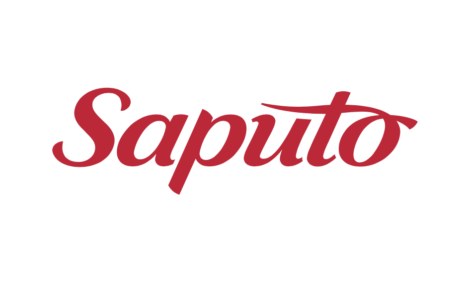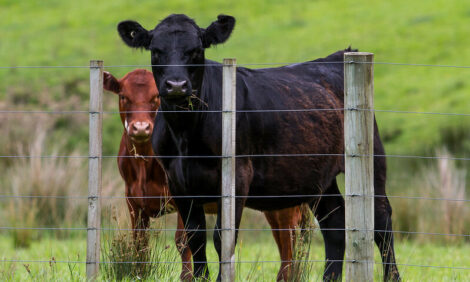



Record Export Of Calves in 2010-2011 Cycle
MEXICO - In the 2010-2011 cycle of live cattle exports to the US, Mexico reached a record 1,378,525 calves for fattening, which exceeds the 1.1 million sold last season.
The National Health, Safety and Quality (SENASICA) reported that during the period, the livestock sector in 17 states throughout the country generated an estimated $461,805,000 from the sale of calves.
The main livestock exporting regions in the season were Chihuahua, with 500,059 calf sold, Sonora with 295,367, Tamaulipas 155,753, Durango 125,468 and Nuevo Leon with 105,968 sold.
Yucatan, Colima, Nayarit, Jalisco, Puebla, Guanajuato, Tlaxcala and Chiapas also participated in the export cycle.
The high level of marketing has been made possible through the joint work between SENASICA and farmers and through the National Campaign against Bovine Tuberculosis.
Through this campaign, 83.11 per cent of the national territory which is under eradication of the disease, bovine TB prevalence is now below 0.5 per cent.
This success is reflected in developments such as, the export of live cattle has almost doubled in the last four years since the 2007-2008 cycle to the US, where Mexico sold only 697,192 calves.
This, coupled with the proper management of grasslands to feed the animals, better quality of processed foods that are supplied and good production practices, farmers are able to raer more, better quality, calves.
From 1993 to date, in the framework of the US-Mexico binational for the Eradication of Bovine Tuberculosis, the Department of Agriculture (USDA) has recognised 25 regions of low prevalence of animal disease in Mexico.
Of these regions, 13 have the Modified Accredited status, so you can export a single TB test batch of calves to be marketed.
Once regions have the status of Accredited Preparatory, they can export to the US with proof of herd origin and the test batch proofs they are TB free.
TheCattleSite News Desk


